
Organ Pipe Cactus National Monument is located in southern Arizona, near the border with Mexico. It's about 2 hours southwest of Tucson, Arizona, and about 4 hours southeast of Phoenix, Arizona. The monument is known for its unique desert landscape, diverse plant and animal life, and, of course, its namesake organ pipe cactus.
us.

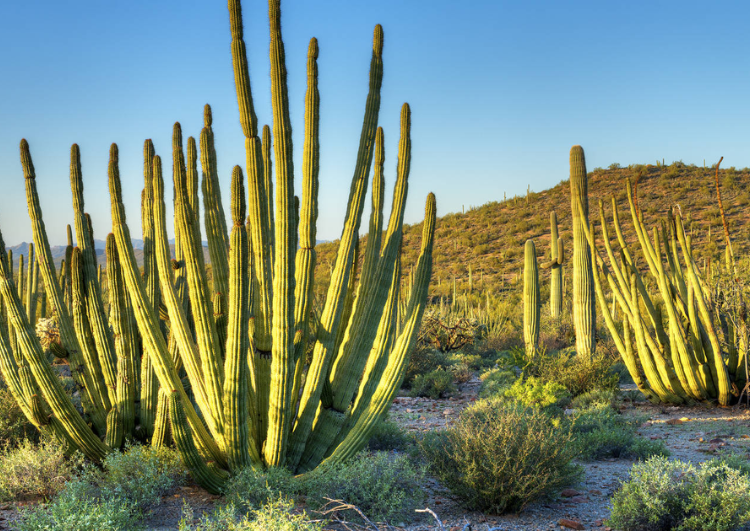
Organ Pipe Cactus National Monument was established in 1937. It was designated to protect the unique Sonoran Desert ecosystem and the organ pipe cactus, which is native to the area.


Organ Pipe Cactus National Monument wasn't "invented" in the traditional sense. Instead, it was established by the U.S. government as a protected area to conserve its natural and cultural resources. The monument was created by presidential proclamation in 1937, during the administration of President Franklin D. Roosevelt. It was named after the organ pipe cactus, a prominent species found within its boundaries.

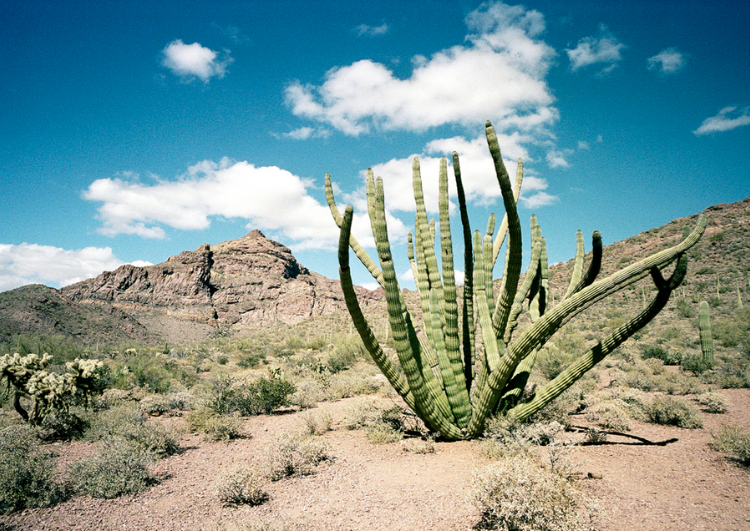
Organ Pipe Cactus National Monument is named after the organ pipe cactus (Stenocereus thurberi), a species of cactus that is native to the Sonoran Desert region where the monument is located. The organ pipe cactus is so named because its clustered cylindrical stems resemble the pipes of a pipe organ. This distinctive cactus is one of the defining features of the monument's landscape, and its presence played a significant role in the naming of the monument.

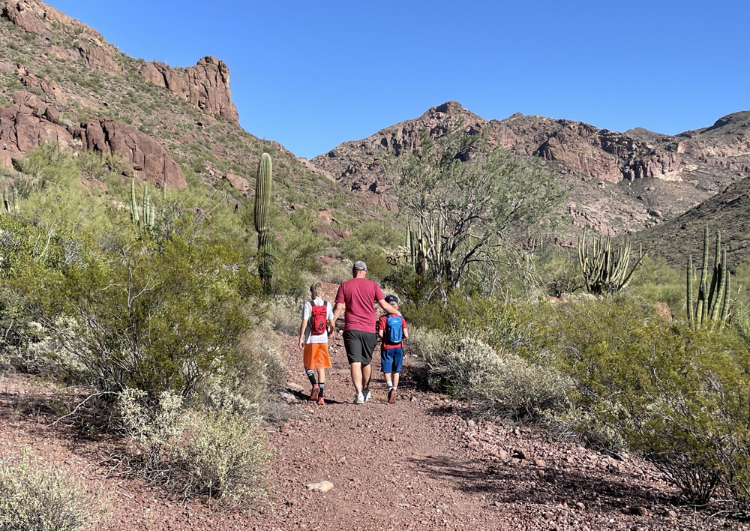
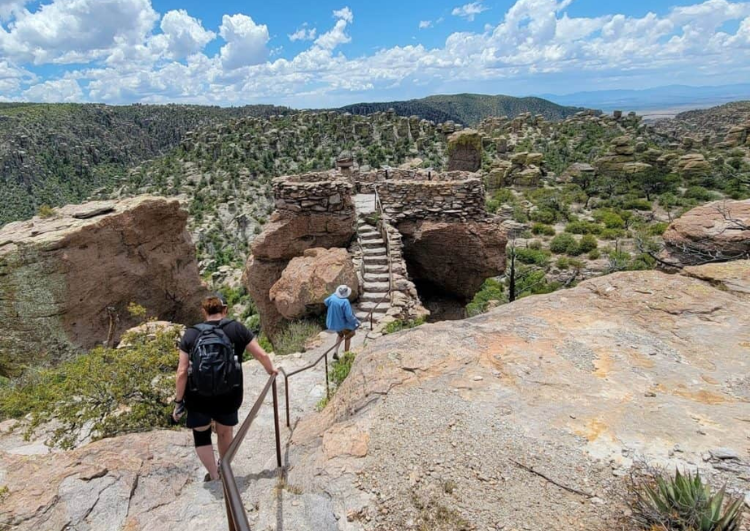

Organ Pipe Cactus National Monument offers a variety of hiking opportunities that appeal to hiking enthusiasts for several reasons:
1. Diverse Trails: The monument features a range of hiking trails, from easy strolls to more challenging routes, catering to hikers of different skill levels and preferences.
2. Scenic Beauty: Hiking in Organ Pipe Cactus National Monument allows visitors to immerse themselves in the stunning desert landscape, with panoramic views of rugged mountains, vast expanses of cacti, and unique rock formations.
3. Unique Flora and Fauna: Hikers have the opportunity to encounter a diverse array of plant and animal species that are adapted to the harsh desert environment, including the iconic organ pipe cactus, saguaro cactus, ocotillo, and a variety of desert wildlife such as javelinas, desert bighorn sheep, and numerous bird species.
4. Cultural and Historical Sites: Many of the hiking trails in the monument lead to cultural and historical sites, such as ancient Hohokam petroglyphs, abandoned mines, and historic ranching sites, providing hikers with opportunities to learn about the area's rich cultural heritage.
5. Remote Wilderness Experience: Organ Pipe Cactus National Monument is relatively remote and less visited compared to some other national parks and monuments, offering hikers a chance to explore uncrowded trails and experience a sense of solitude and wilderness immersion.
Overall, Organ Pipe Cactus National Monument is a paradise for hiking lovers due to its diverse trails, scenic beauty, unique flora and fauna, cultural significance, and remote wilderness experience.
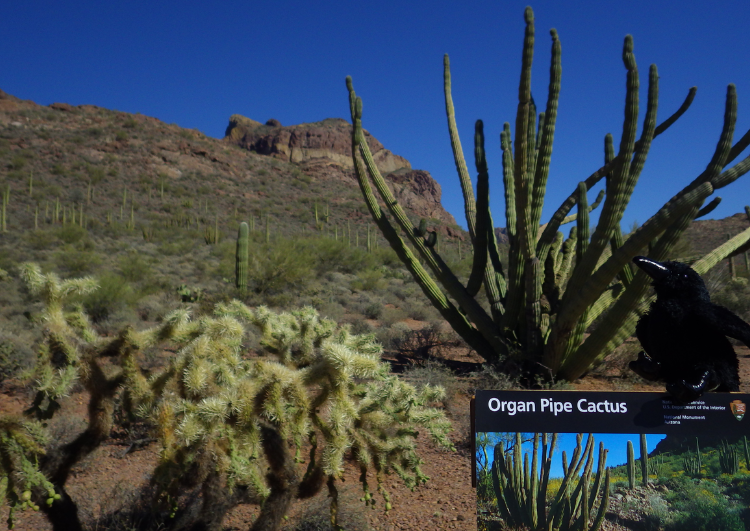




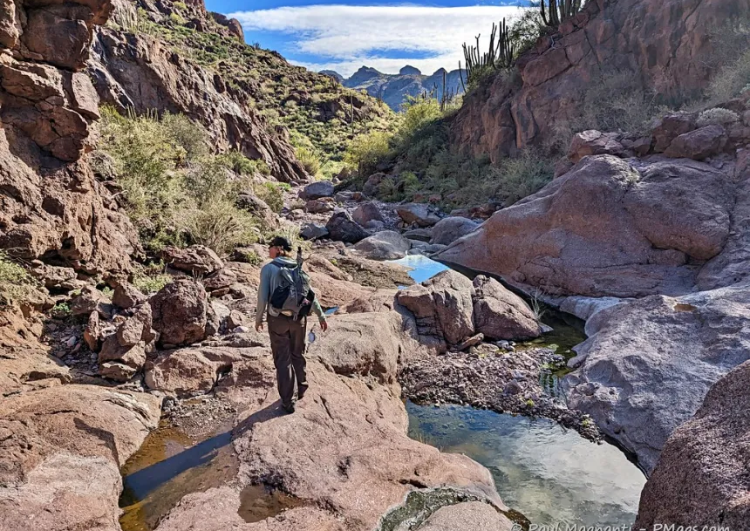
While Organ Pipe Cactus National Monument offers hiking opportunities year-round, there are certain factors to consider when planning a hike:
1. **Weather**: The desert climate of Organ Pipe Cactus National Monument can be extreme, with very hot temperatures during the summer months. Hiking in the summer, especially during the peak heat of the day, can be dangerous due to the risk of heat-related illnesses. Winter and spring tend to offer more moderate temperatures, making them more comfortable times for hiking.
2. **Rainy Season**: The rainy season in the desert typically occurs during the summer months, particularly July and August. While this brings some relief from the heat, it also increases the risk of flash floods in washes and can make hiking trails muddy and difficult to navigate.
3. **Crowds**: Organ Pipe Cactus National Monument is less crowded during the summer months and mid-week. If you prefer solitude on the trails, this might be a good time to visit. However, be mindful of the extreme heat during this time.
4. **Wildlife Viewing**: The cooler months of winter and early spring may offer better opportunities for wildlife viewing, as animals are more active during this time.
Ultimately, the best time for hiking in Organ Pipe Cactus National Monument depends on your personal preferences, tolerance for heat, and the type of experience you're seeking. Regardless of the time of year, it's essential to stay hydrated, wear appropriate clothing and sun protection, and be prepared for the desert environment.